Home>Furniture & Design>Living Room Furniture>Who Fixes Recliner Chairs?
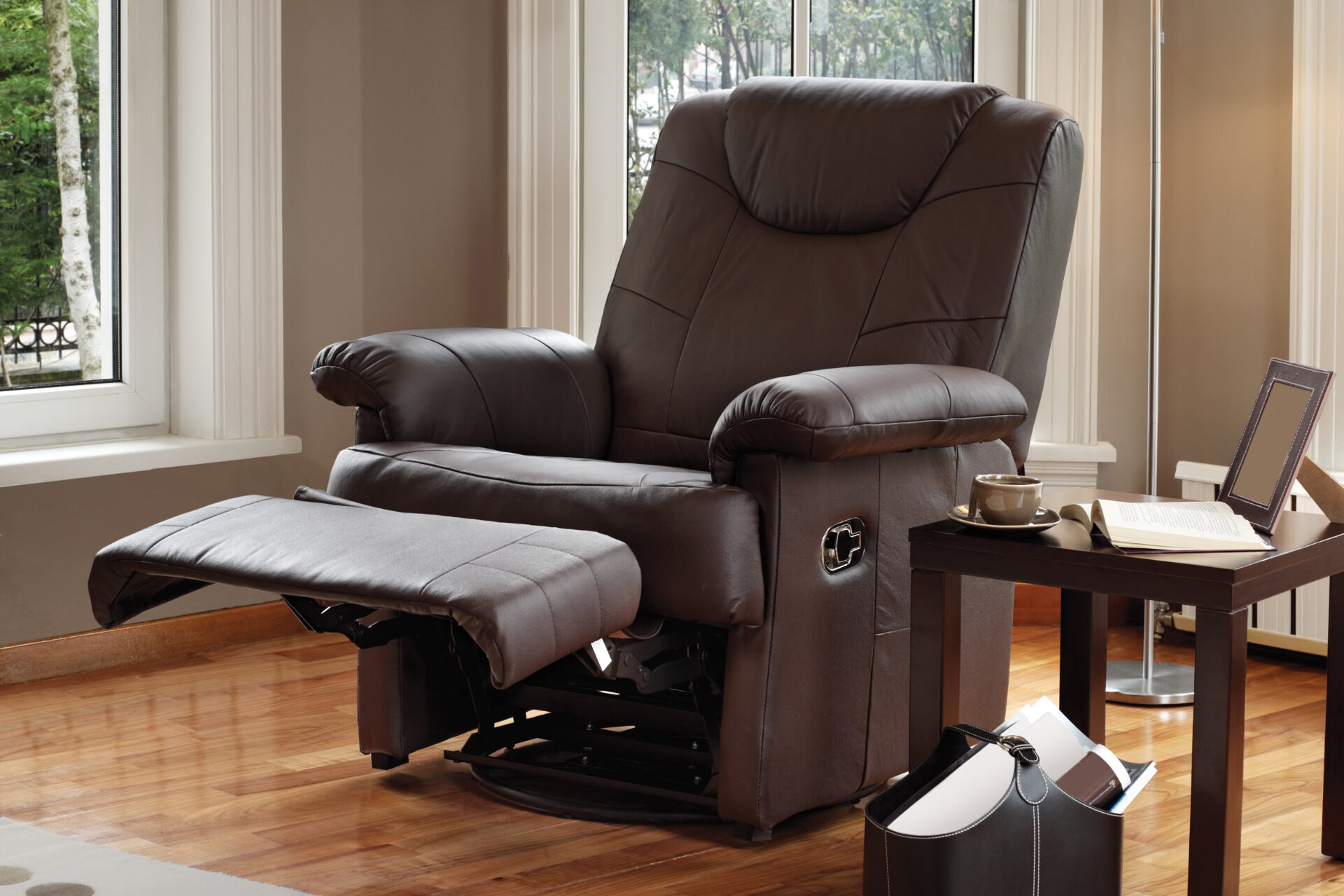

Living Room Furniture
Who Fixes Recliner Chairs?
Modified: March 24, 2024
Looking for someone to fix your recliner chair? Find expert repair services for living room furniture and design at your convenience. Contact us today!
(Many of the links in this article redirect to a specific reviewed product. Your purchase of these products through affiliate links helps to generate commission for Storables.com, at no extra cost. Learn more)
Introduction
Recliner chairs are the epitome of comfort and relaxation in any living room. They offer a perfect spot to unwind after a long day, providing a cozy haven for reading, watching TV, or simply taking a well-deserved nap. However, like any piece of furniture, recliners are prone to wear and tear over time. From creaky mechanisms to torn upholstery, these beloved chairs can encounter a range of issues that may hinder their functionality and comfort.
Understanding how to address these common problems is essential for maintaining the longevity and performance of your recliner. Whether it's a minor adjustment or a more complex repair, knowing when to tackle the issue yourself and when to seek professional assistance can make all the difference in preserving the comfort and appeal of your favorite seat.
In this comprehensive guide, we will delve into the world of recliner chair maintenance and repair. From identifying common issues to exploring do-it-yourself fixes and knowing when it's time to call in the experts, we will equip you with the knowledge and insights needed to keep your recliner in top-notch condition. So, let's embark on this journey to unravel the secrets of recliner chair care and maintenance, ensuring that you can continue to enjoy the ultimate in relaxation and comfort for years to come.
Key Takeaways:
- Keep your recliner in top shape by addressing common issues like mechanism malfunctions and upholstery wear with DIY fixes. But for complex problems, seek professional help to ensure safety and longevity.
- Understanding when to call a professional for recliner repairs, such as electrical malfunctions or extensive upholstery damage, can safeguard your chair’s warranty coverage and ensure continued comfort and safety.
Read more: Who Fixes Recliner Chairs
Common Issues with Recliner Chairs
Recliner chairs, while providing unparalleled comfort, are not immune to wear and tear. Over time, these beloved pieces of furniture can develop various issues that may compromise their functionality and comfort. Understanding the common problems that can arise with recliner chairs is crucial for effectively addressing and resolving them. Here are some of the most prevalent issues that recliner owners may encounter:
-
Mechanism Malfunctions: One of the most common problems with recliner chairs involves the mechanical components. This can manifest as difficulty in reclining or returning the chair to an upright position. The mechanism may produce unusual noises, such as creaking or grinding, indicating potential issues with the internal gears or springs.
-
Upholstery Wear and Tear: Over time, the upholstery of a recliner chair can show signs of wear and tear, including fraying, tearing, or discoloration. This not only detracts from the chair's aesthetic appeal but can also compromise its comfort and support.
-
Loose or Wobbly Parts: Due to regular use, various parts of the recliner, such as the armrests, footrest, or backrest, may become loose or wobbly. This can significantly impact the stability and safety of the chair, posing a potential hazard to users.
-
Electrical Issues (Power Recliners): In the case of power recliners, electrical malfunctions can occur, leading to issues with the reclining mechanism, massage function, heating elements, or built-in USB ports. These problems may stem from wiring issues, faulty control panels, or power supply disruptions.
-
Sagging or Uneven Padding: The padding and cushioning of a recliner chair can lose their shape and resilience over time, resulting in sagging or unevenness. This can diminish the overall comfort and support provided by the chair, impacting the user's sitting experience.
Understanding these common issues with recliner chairs is the first step toward effectively addressing and resolving them. Whether through DIY repairs or professional assistance, being aware of these potential problems empowers recliner owners to maintain the comfort and functionality of their cherished furniture pieces.
DIY Recliner Chair Fixes
When it comes to addressing common issues with recliner chairs, many problems can be resolved through simple do-it-yourself (DIY) fixes. These DIY solutions not only save time and money but also empower recliner owners to take an active role in maintaining the comfort and functionality of their beloved chairs. Let's explore some effective DIY recliner chair fixes for the most prevalent issues:
Mechanism Malfunctions
-
Lubrication: If your recliner's mechanism is producing creaking or grinding noises, a lack of proper lubrication may be the culprit. Applying a suitable lubricant to the moving parts, such as the hinges and springs, can often alleviate these sounds and restore smooth operation.
-
Tightening Screws and Bolts: Loose screws and bolts within the recliner's mechanism can lead to instability and malfunctions. Regularly inspecting and tightening these fasteners can help maintain the integrity of the reclining mechanism.
Upholstery Wear and Tear
-
Patch and Repair: For minor tears or fraying in the upholstery, using a fabric patch kit can effectively mend the damaged areas. This simple solution can prevent the issue from worsening and extend the lifespan of the chair's upholstery.
-
Deep Cleaning: Regularly cleaning the upholstery with a gentle fabric cleaner can help prevent discoloration and maintain its appearance. For tougher stains, spot cleaning with a suitable upholstery cleaner is recommended.
Read more: Who Makes The Best Rocker Recliner Chairs
Loose or Wobbly Parts
-
Tightening Hardware: Inspecting and tightening any loose screws, nuts, or bolts throughout the recliner can enhance its stability and safety. Pay particular attention to the armrests, footrest, and backrest to ensure they are securely fastened.
-
Reinforcing Joints: In cases where the joints of the recliner show signs of wear, reinforcing them with additional hardware or brackets can provide added stability and prevent further wobbling.
Electrical Issues (Power Recliners)
-
Checking Power Supply: If your power recliner is experiencing electrical malfunctions, start by ensuring that the power supply is stable and the connections are secure. Sometimes, a simple power reset can resolve minor electrical glitches.
-
Inspecting Wiring: Carefully inspecting the wiring and connections within the power recliner can help identify and address any loose or damaged components. However, exercise caution and consider seeking professional assistance for complex electrical repairs.
Sagging or Uneven Padding
- Fluffing and Adjusting: Periodically fluffing and adjusting the padding and cushions of the recliner can help restore their shape and resilience. This simple maintenance task can prevent premature sagging and ensure consistent comfort.
By implementing these DIY recliner chair fixes, owners can effectively address common issues and prolong the lifespan of their cherished furniture. However, it's important to exercise caution and seek professional assistance for complex repairs or electrical issues beyond basic troubleshooting. With a proactive approach to maintenance and timely DIY interventions, recliner chairs can continue to provide the ultimate in comfort and relaxation for years to come.
When to Call a Professional
While many recliner chair issues can be effectively addressed through DIY fixes, there are certain situations that warrant the expertise of a professional furniture repair specialist. Recognizing when to call in a professional can prevent further damage to the recliner and ensure that complex issues are resolved with precision and care. Here are the scenarios in which seeking professional assistance is highly advisable:
Read more: How To Fix Recliner Chair Lever
Complex Mechanical Malfunctions
If the recliner's mechanical components exhibit severe malfunctions, such as complete failure to recline or return to an upright position, it is crucial to involve a professional. Complex internal issues, such as broken gears, springs, or structural damage, require the expertise of a skilled technician to diagnose and repair effectively. Attempting to address these intricate mechanical problems without the necessary knowledge and tools can exacerbate the damage and compromise the chair's functionality.
Extensive Upholstery Damage
In the case of extensive upholstery damage, including large tears, deep structural issues, or significant discoloration, professional intervention is recommended. Skilled upholsterers possess the expertise to assess the extent of the damage and execute meticulous repairs or replacements, restoring the recliner's aesthetic appeal and comfort. Their proficiency in matching fabrics and ensuring seamless upholstery work is invaluable for preserving the chair's visual appeal and structural integrity.
Electrical Malfunctions in Power Recliners
For power recliners experiencing persistent electrical malfunctions, such as non-responsive controls, erratic movements, or power supply irregularities, consulting a professional is essential. Electrical repairs within power recliners demand specialized knowledge of wiring, circuitry, and control systems. Professional technicians with experience in handling power recliner mechanisms can diagnose and rectify complex electrical issues, ensuring the safe and reliable operation of the chair's electronic components.
Structural Instability and Safety Concerns
When a recliner exhibits significant structural instability, posing safety hazards such as frequent tipping, wobbling, or compromised weight-bearing capacity, it is imperative to engage a professional. A skilled furniture repair specialist can assess the structural integrity of the recliner, identify weak or damaged components, and implement targeted repairs to restore stability and safety. Their expertise in reinforcing joints, replacing worn components, and aligning mechanisms is crucial for preventing accidents and ensuring the long-term usability of the chair.
Read more: What Is A Riser Recliner Chair
Manufacturer's Warranty Coverage
In instances where the recliner is still under the manufacturer's warranty, seeking professional assistance from authorized service providers is advisable. Adhering to the warranty terms and conditions, including utilizing authorized repair services, can safeguard the recliner's warranty coverage and prevent potential voiding of the warranty due to unauthorized DIY attempts or third-party repairs.
By recognizing these scenarios that necessitate professional intervention, recliner owners can make informed decisions regarding the care and maintenance of their cherished furniture. Seeking the expertise of professional technicians when faced with complex or specialized issues can safeguard the longevity, performance, and safety of recliner chairs, ensuring continued comfort and enjoyment for years to come.
Conclusion
In conclusion, the care and maintenance of recliner chairs are essential for preserving their comfort, functionality, and aesthetic appeal. By understanding the common issues that can arise, implementing timely DIY fixes, and knowing when to seek professional assistance, recliner owners can ensure that their beloved chairs remain reliable havens of relaxation for years to come.
The DIY recliner chair fixes outlined in this guide empower owners to take proactive measures in addressing mechanical, upholstery, and structural issues. From lubricating mechanisms and patching upholstery to tightening hardware and troubleshooting electrical components, these DIY interventions enable individuals to maintain the condition of their recliners without undue stress or expense. However, it is crucial to exercise caution and seek professional help for complex mechanical malfunctions, extensive upholstery damage, persistent electrical issues, structural instability, and warranty-related repairs.
By recognizing the signs that indicate the need for professional intervention, such as intricate mechanical malfunctions, extensive upholstery damage, persistent electrical issues in power recliners, structural instability, and warranty coverage considerations, recliner owners can make informed decisions to safeguard the longevity and safety of their cherished furniture.
Ultimately, the proper care and maintenance of recliner chairs not only ensure their continued functionality and comfort but also contribute to a welcoming and inviting living room environment. With a combination of DIY diligence and professional expertise, recliner owners can enjoy the enduring benefits of their favorite chairs, creating a cozy retreat for relaxation and leisure.
In embracing the knowledge and insights shared in this guide, individuals can embark on a journey of recliner chair care and maintenance, preserving the essence of comfort and tranquility that these beloved pieces of furniture bring to their lives. As they navigate the realm of recliner care, they can take pride in nurturing and sustaining the comfort and allure of their cherished recliner chairs, enriching their living spaces with enduring relaxation and style.
Frequently Asked Questions about Who Fixes Recliner Chairs?
Was this page helpful?
At Storables.com, we guarantee accurate and reliable information. Our content, validated by Expert Board Contributors, is crafted following stringent Editorial Policies. We're committed to providing you with well-researched, expert-backed insights for all your informational needs.
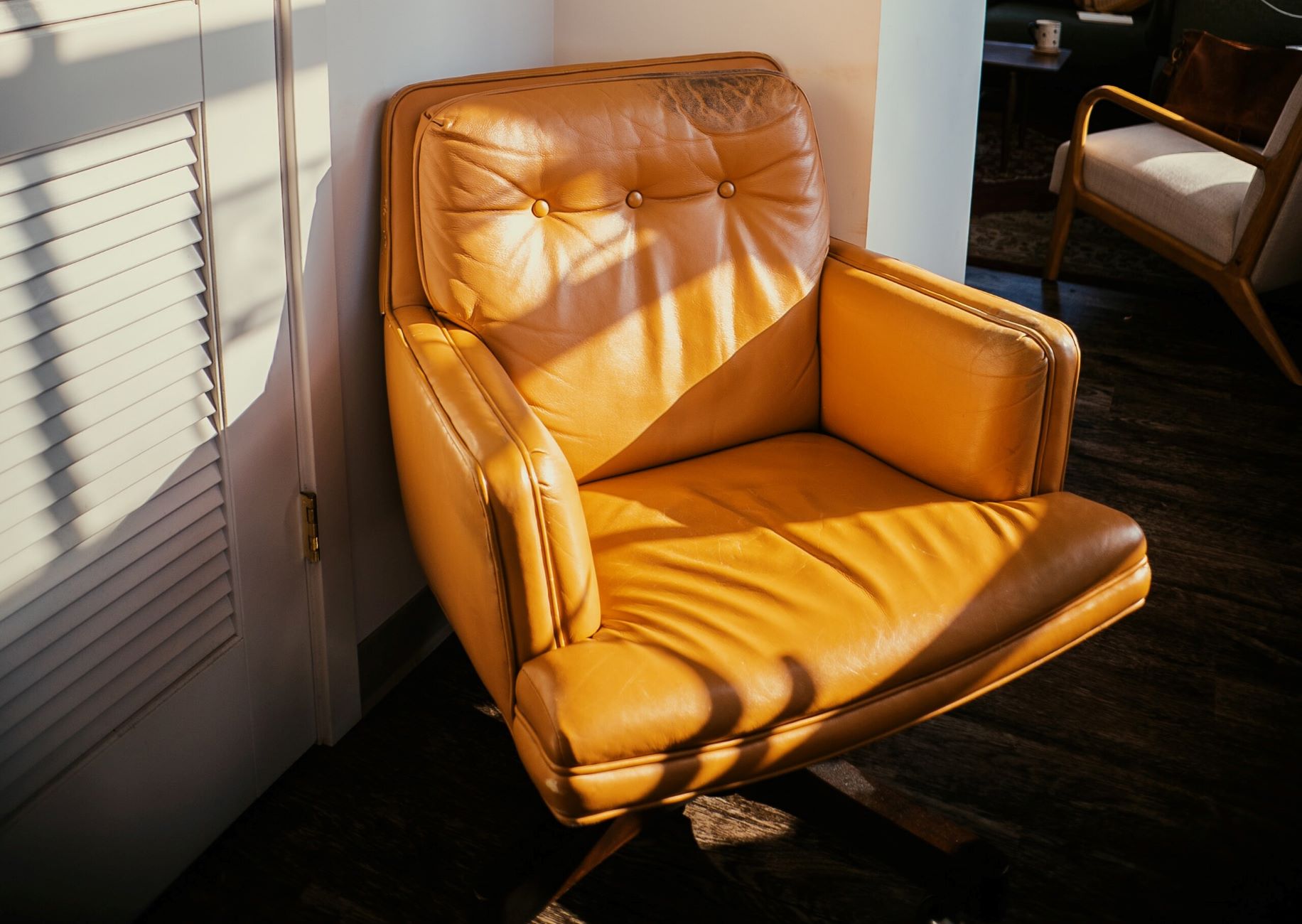
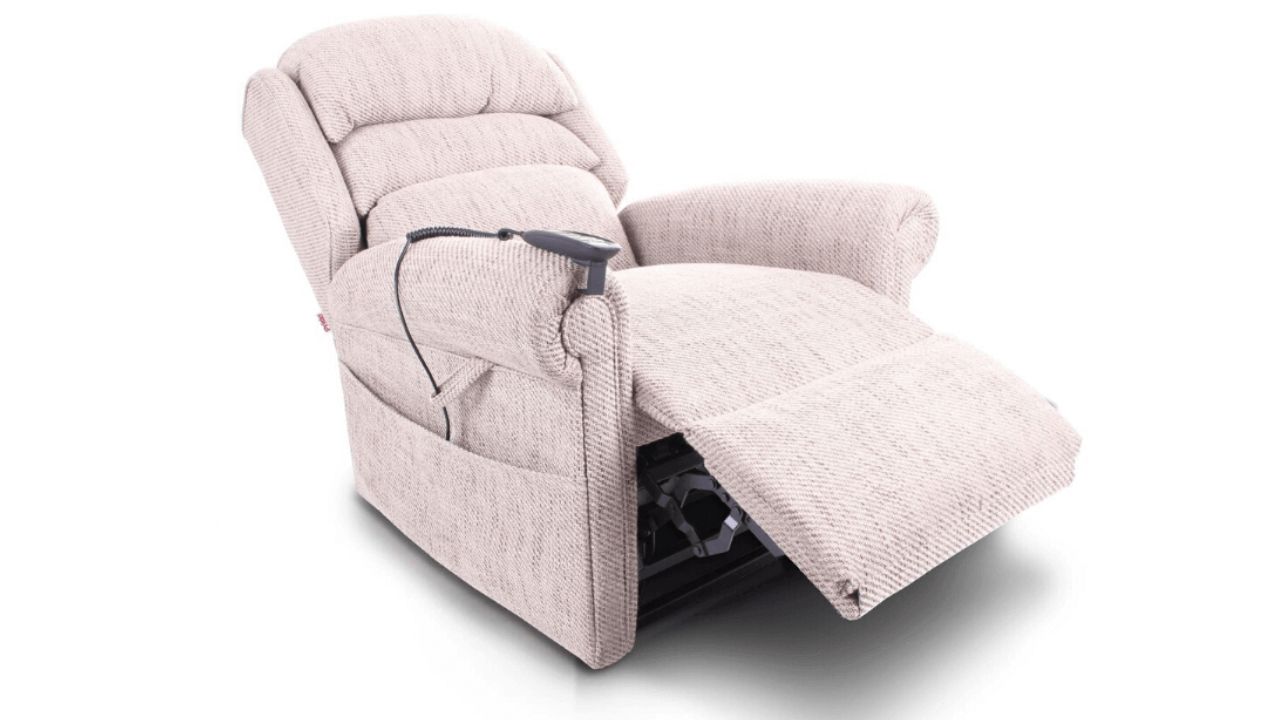
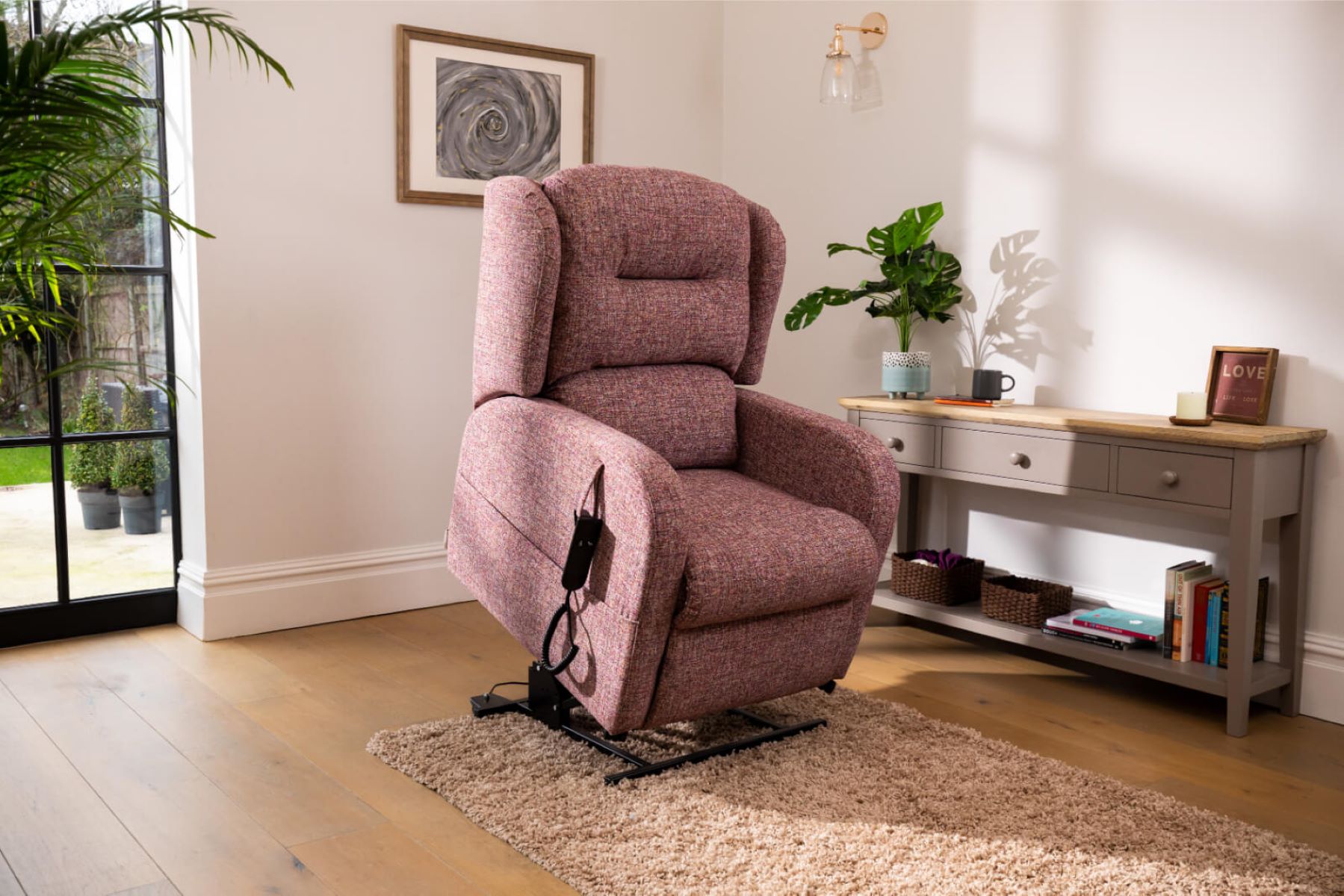
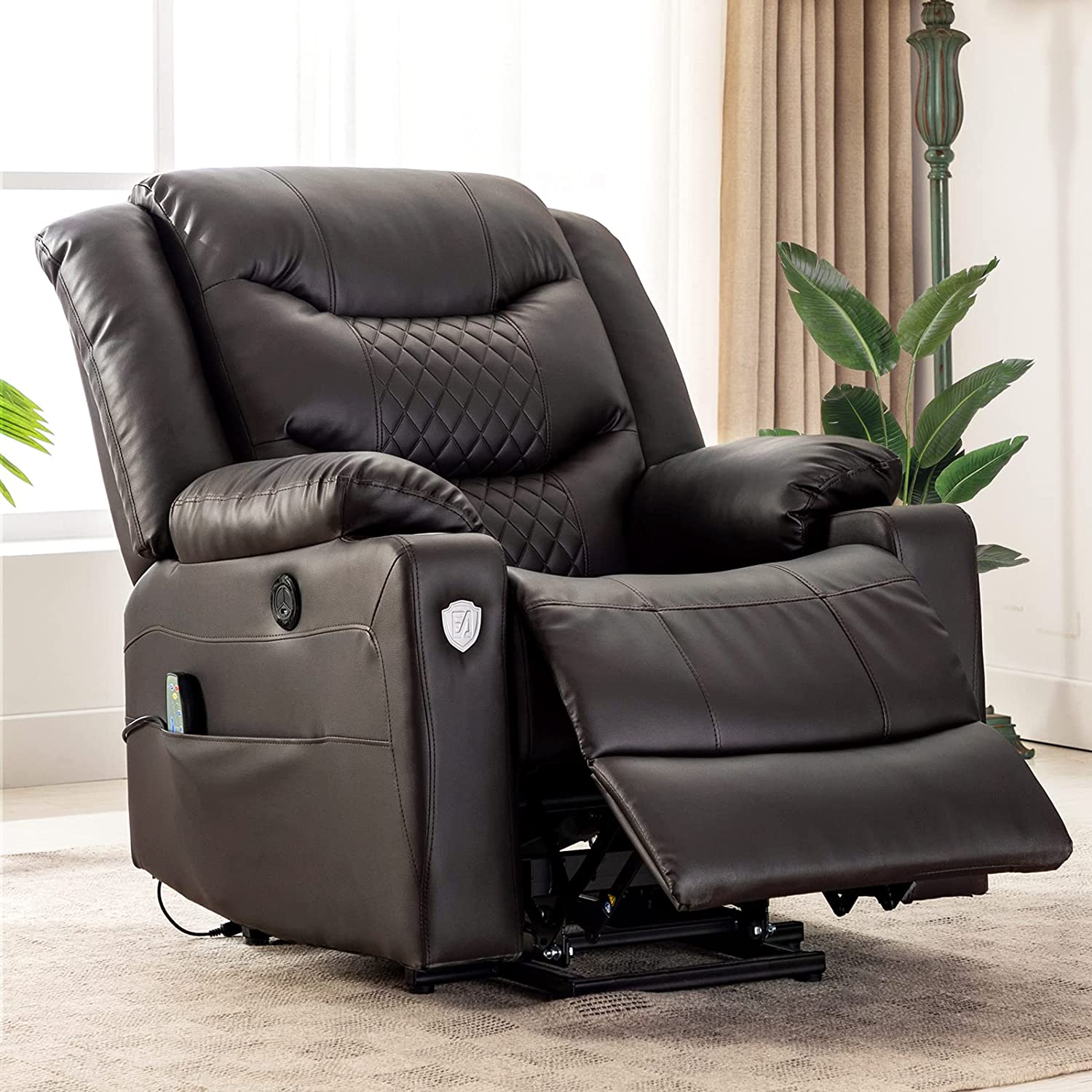
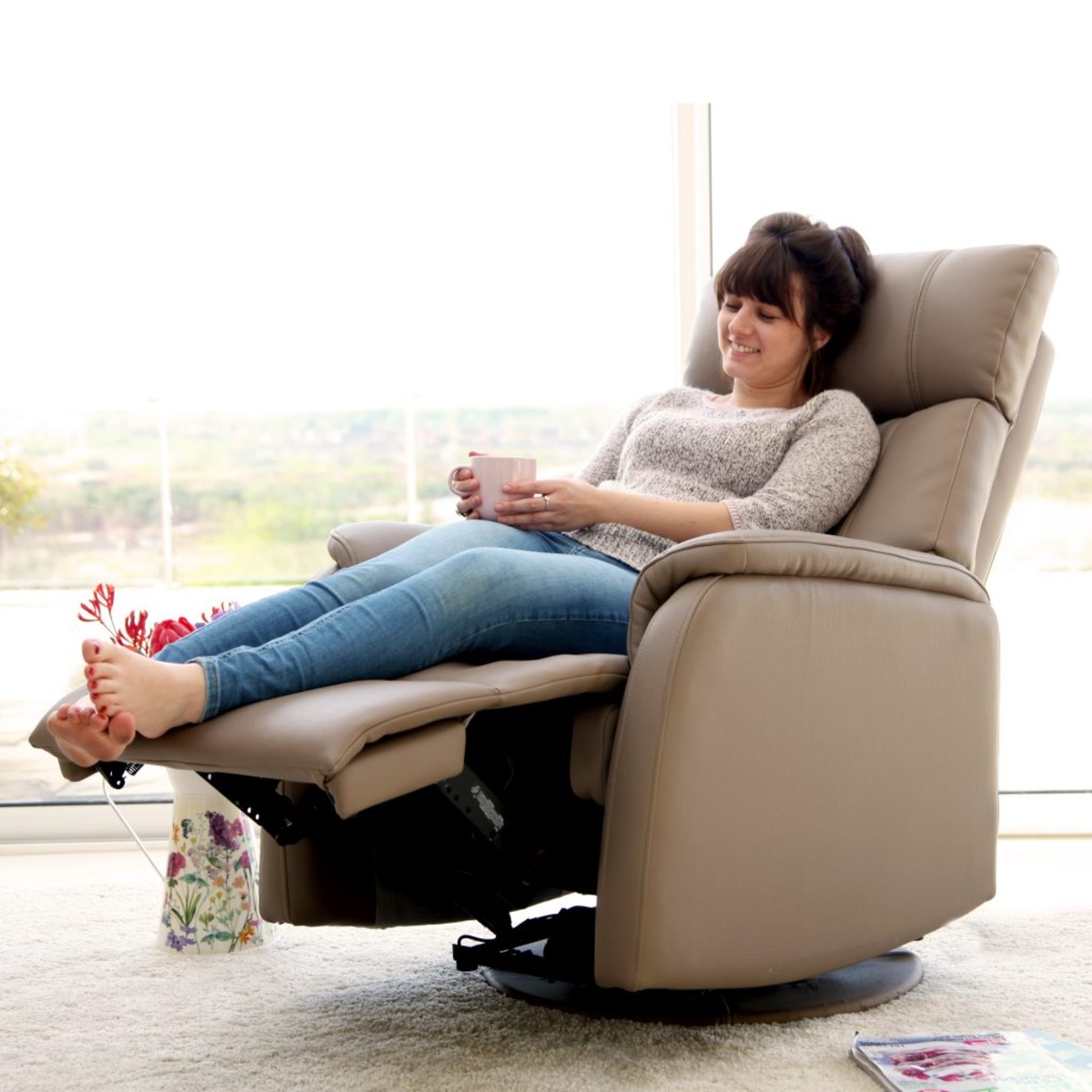
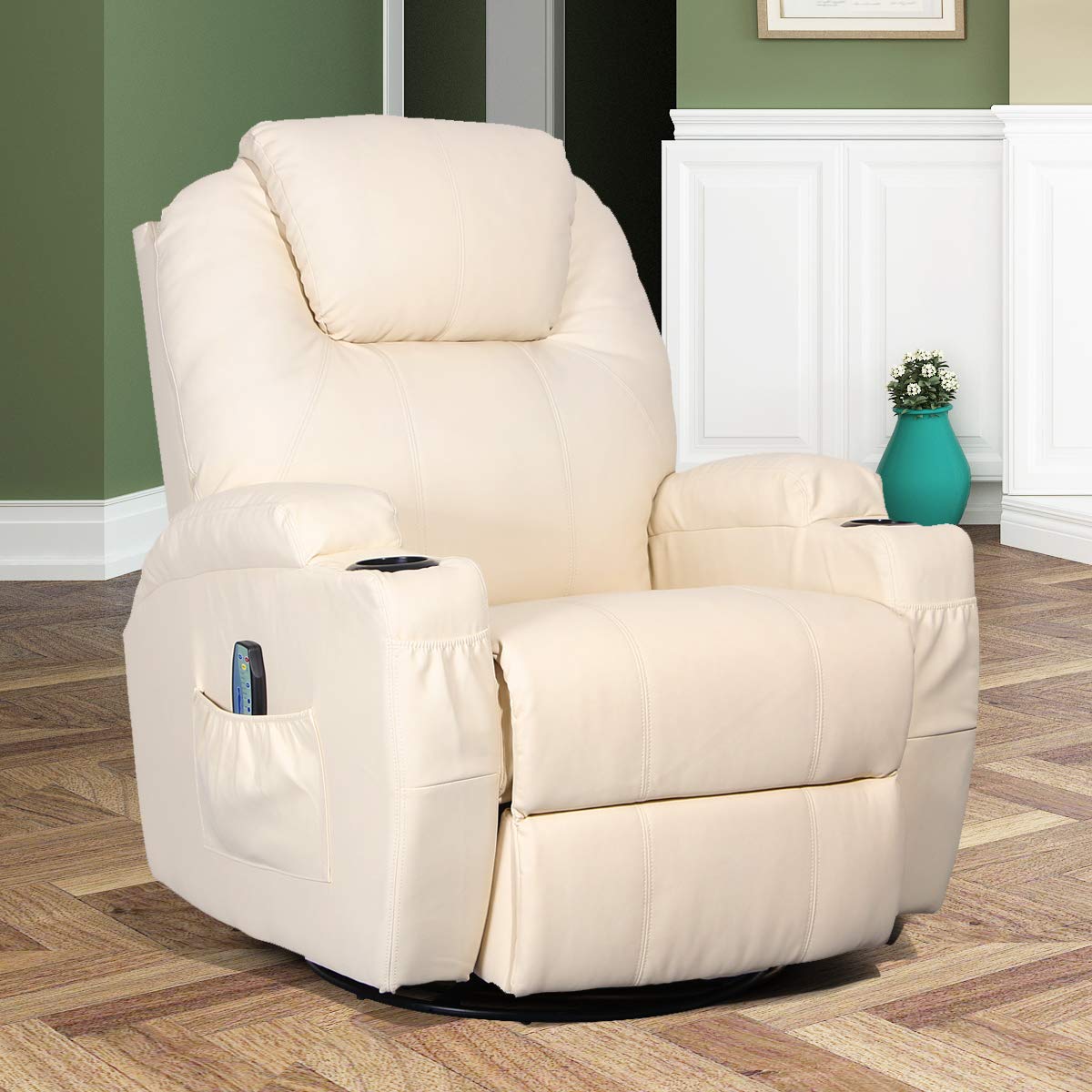
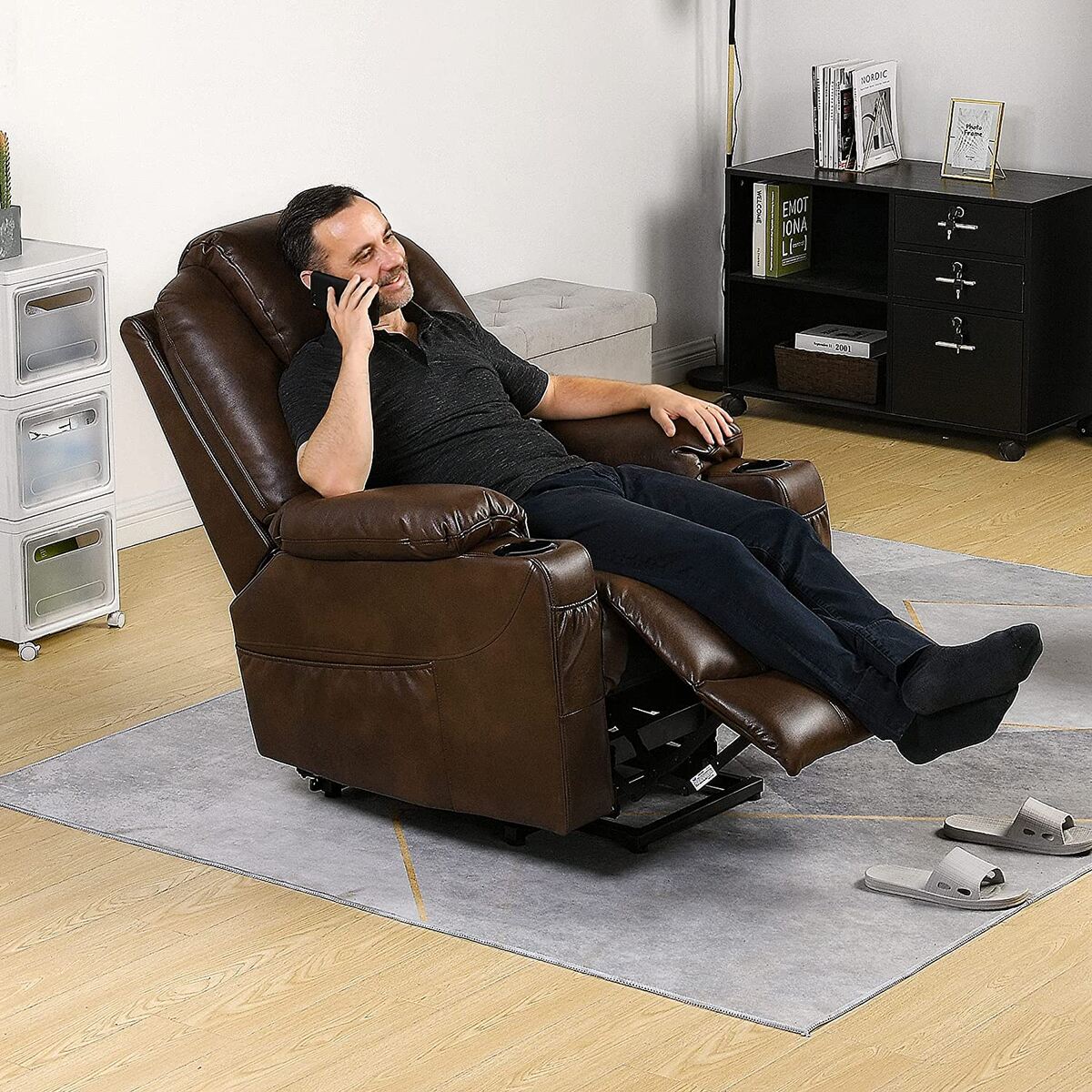
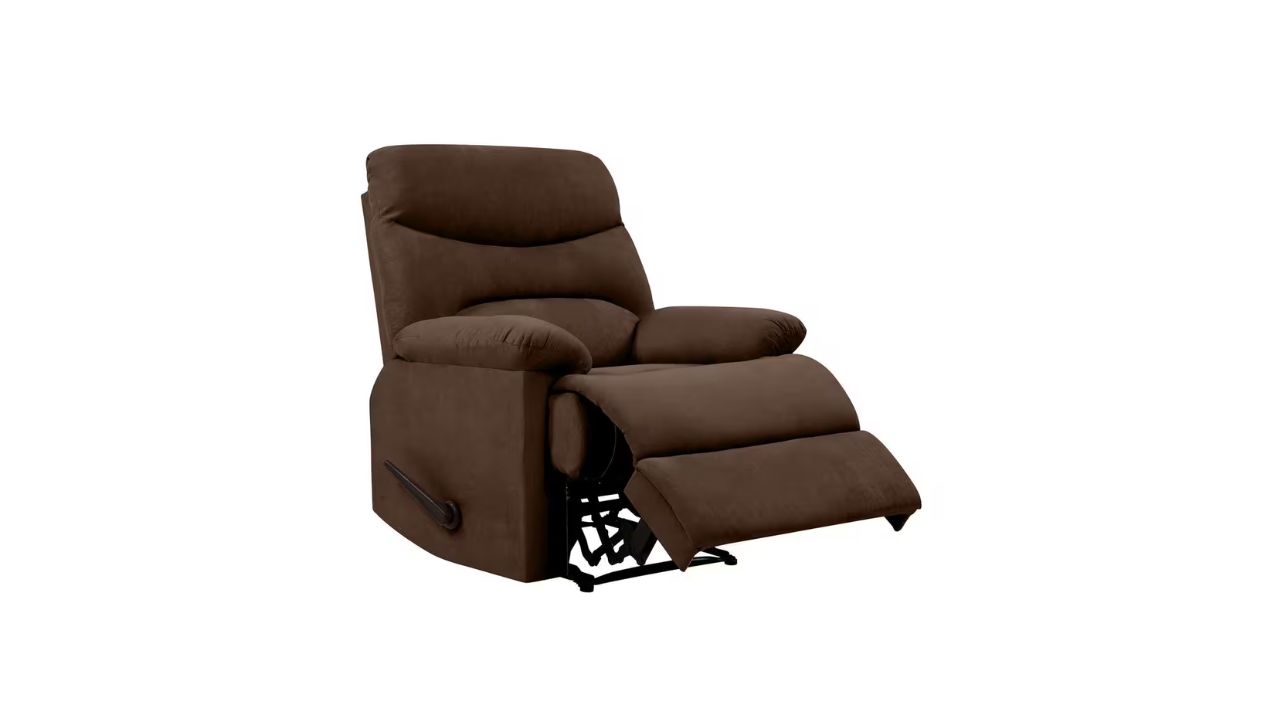
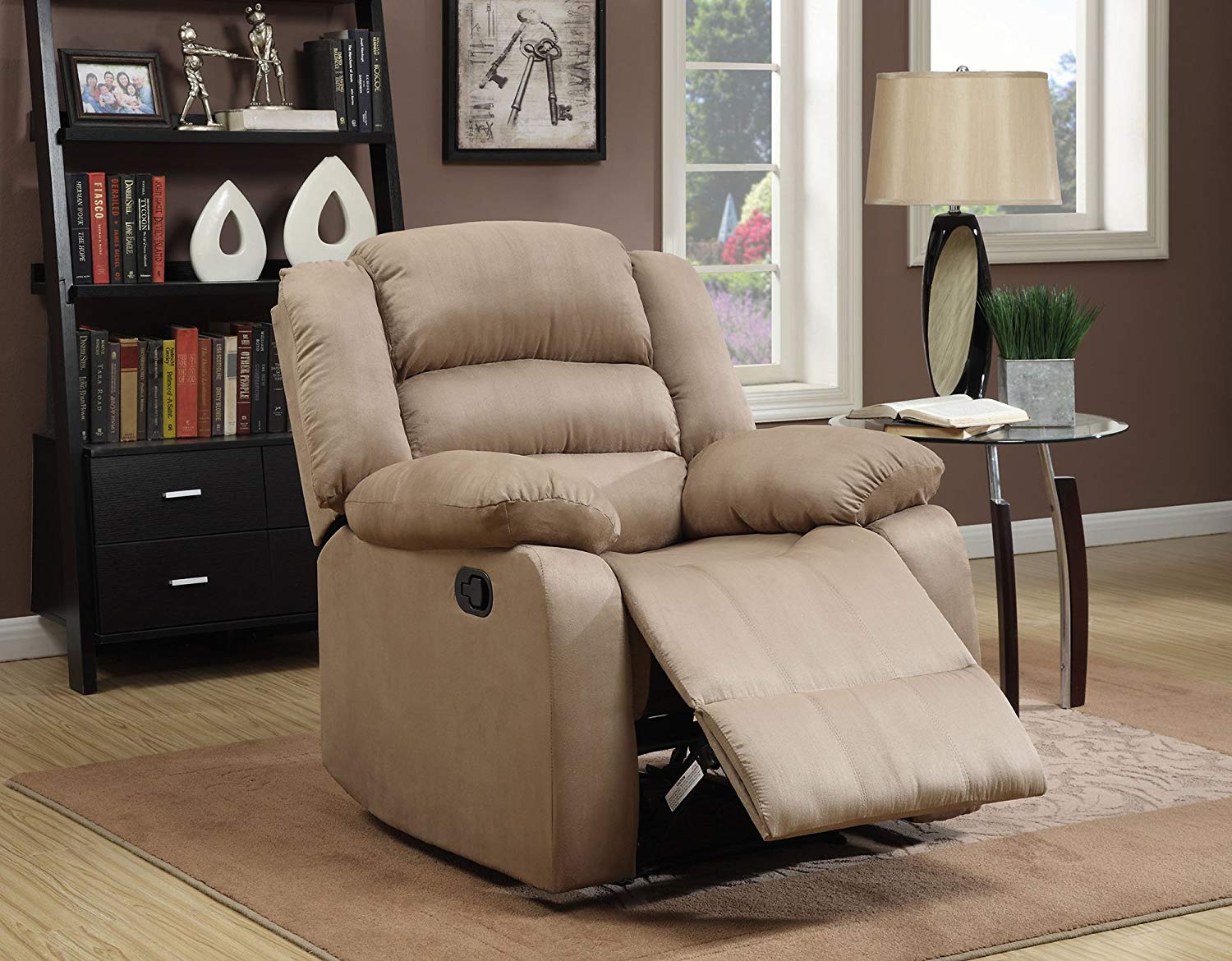
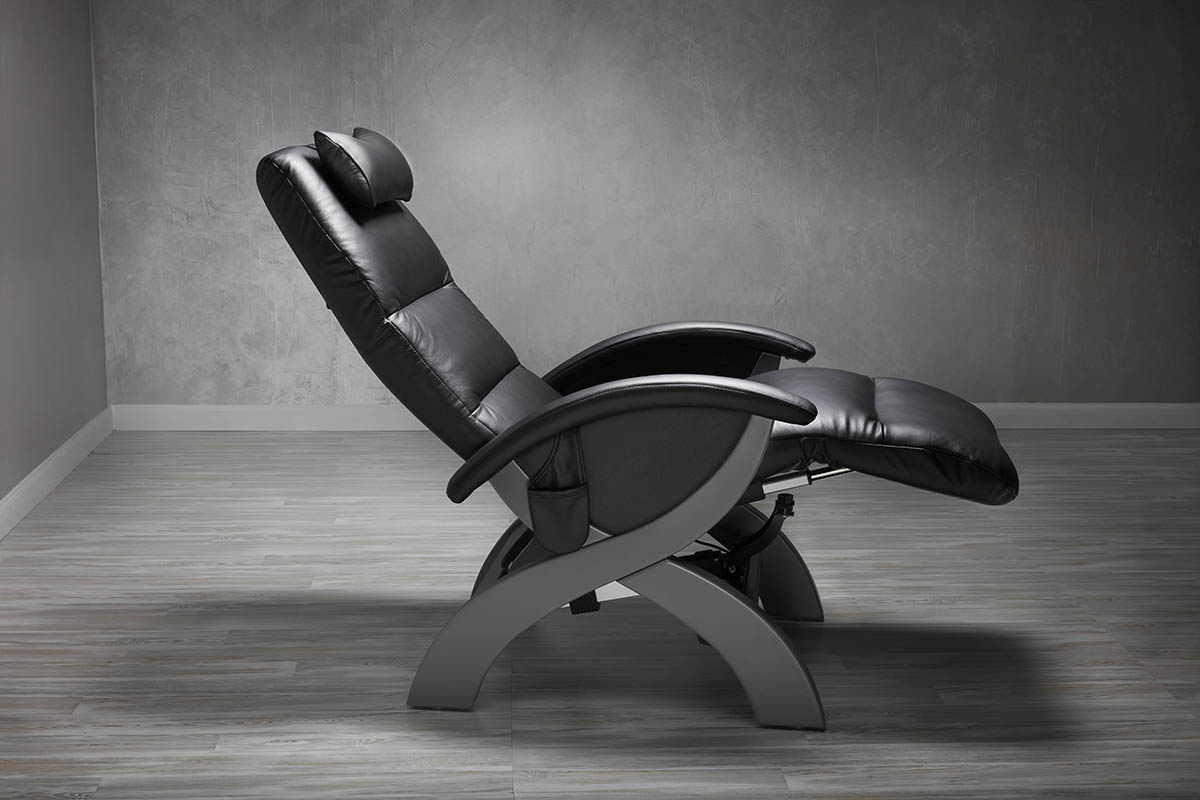
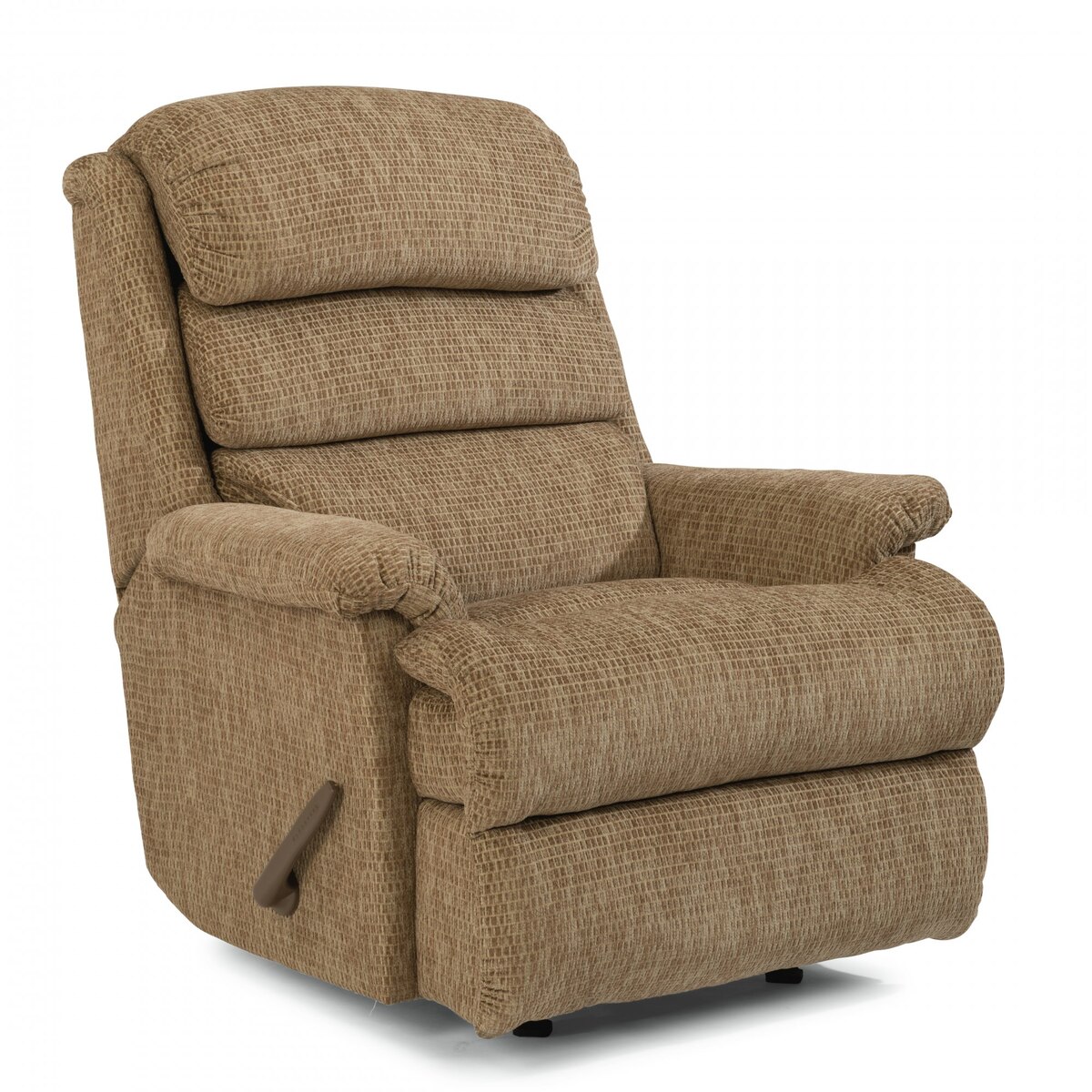
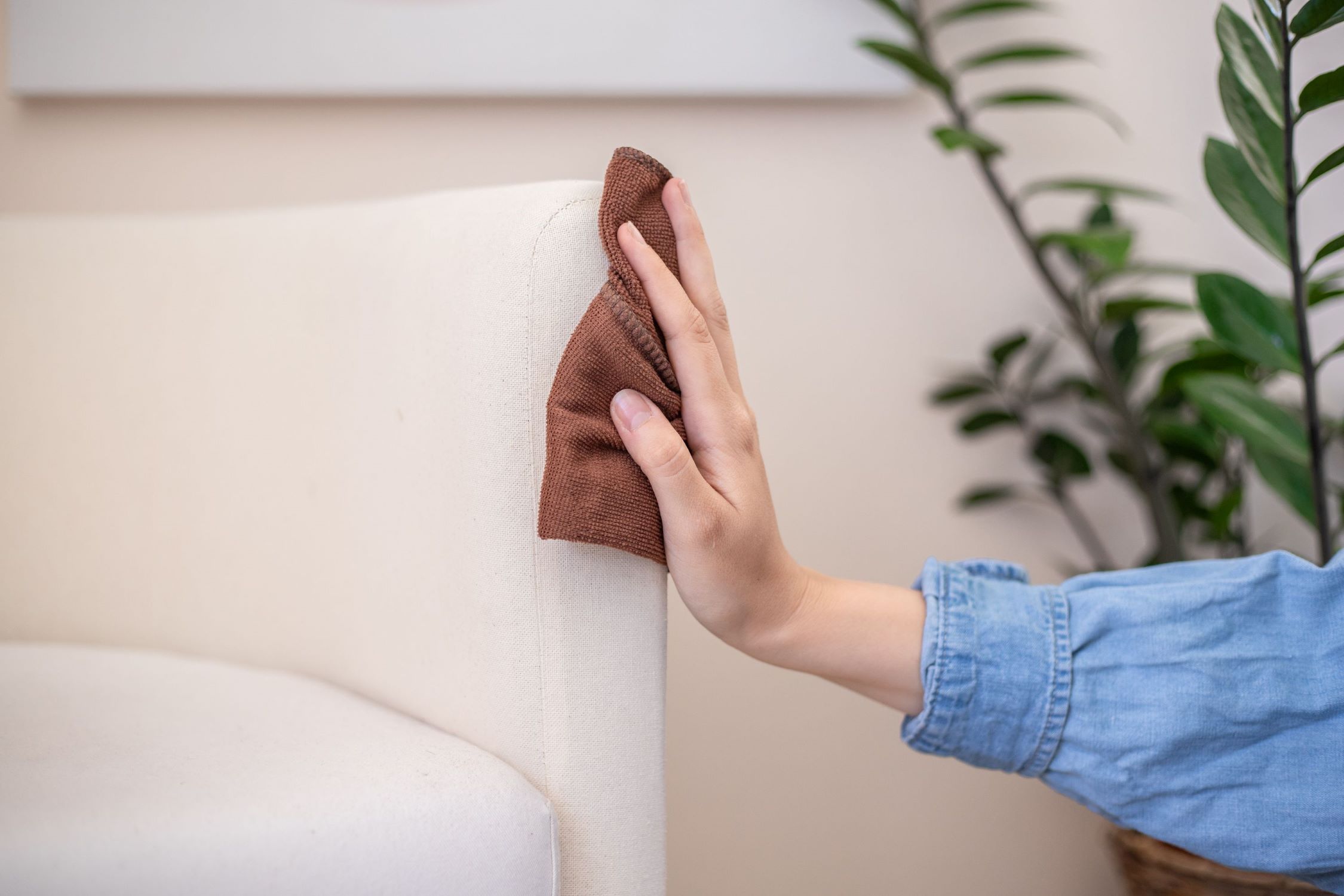

0 thoughts on “Who Fixes Recliner Chairs?”